
The Burmese python, a non-native species thriving in Florida’s Everglades National Park, continues to pose an increasing threat to native wildlife. A groundbreaking new study reveals that these massive snakes can consume prey even larger than previously believed, raising concerns about their ecological impact. Researchers now warn that understanding these snakes’ capabilities is critical for predicting their continued spread and devastation across southern Florida.
The Everglades: A Unique and Threatened Ecosystem
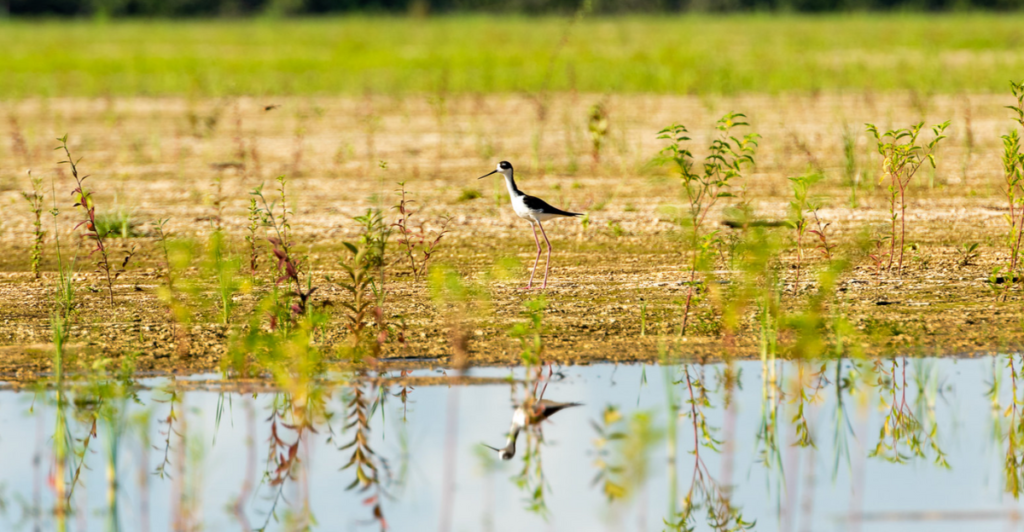
Spanning 1.5 million acres, the Everglades National Park is the third-largest national park in the United States. Known for its diverse landscapes, including freshwater sloughs, sawgrass marshes, and mangroves, it is home to rare and endangered species such as the Florida panther, American crocodile, and roseate spoonbill. However, this delicate ecosystem faces increasing pressure from invasive Burmese pythons.
The Role of the Snake’s ‘Gape’
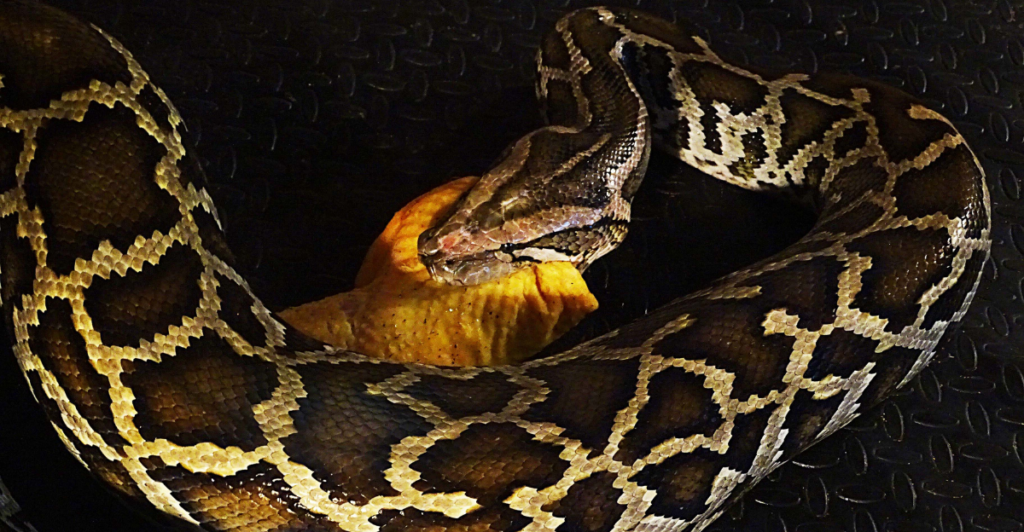
Burmese pythons have an extraordinary ability to consume large prey due to their flexible, stretchable jaws. Researchers refer to this capacity as the snake’s ‘gape,’ which is primarily determined by its elastic skin. This feature enables them to swallow animals six times larger than similarly sized snakes, contributing to their status as apex predators.
New Discoveries: Larger Gape Than Predicted

In a recent study, University of Cincinnati Professor Bruce Jayne found that Burmese pythons have a much larger gape than previously thought. Examining three pythons measuring 4.5–5.8 meters (15–19 feet), Jayne discovered the largest snake’s gape measured 26 centimeters (10.2 inches), 18% larger than earlier predictions. While the increase seems small, it translates to a 40% increase in gape area.
Swallowing Prey of Surprising Size

The enlarged gape allows pythons to tackle prey much bigger than expected. Field observations recorded snakes swallowing animals such as deer weighing up to 35 kilograms (77 pounds) – two-thirds of the snake’s total body weight. Ian Bartoszek from the Conservancy of Southwest Florida described witnessing such events as “unforgettable” and emphasized their importance in understanding the python’s ecological impact.
Impact on Native Wildlife
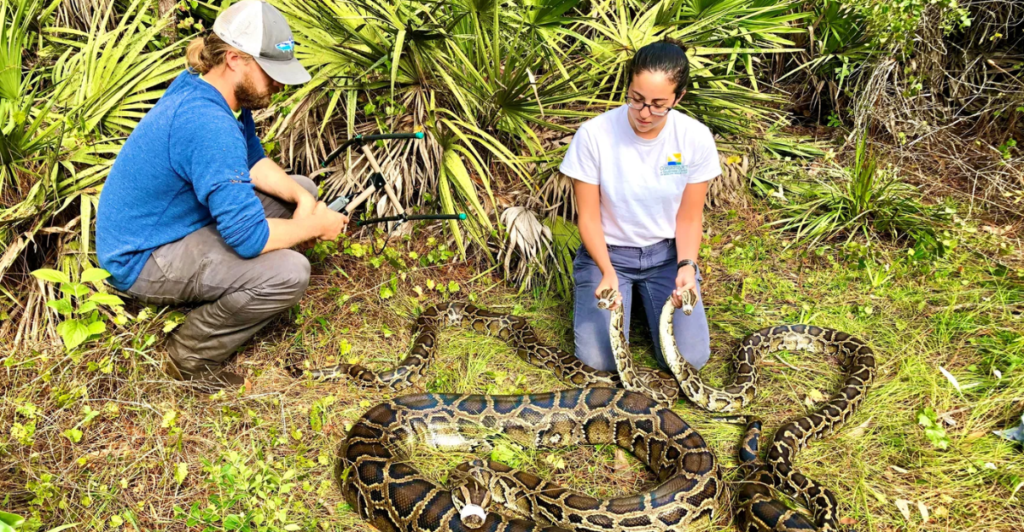
The Burmese python’s presence in the Everglades has had devastating effects on native species. Populations of raccoons, bobcats, and foxes have plummeted due to predation. Experts believe the snake’s ability to consume larger prey could lead to further declines in other animals, threatening the biodiversity of this fragile ecosystem.
Origins of the Burmese Python in Florida
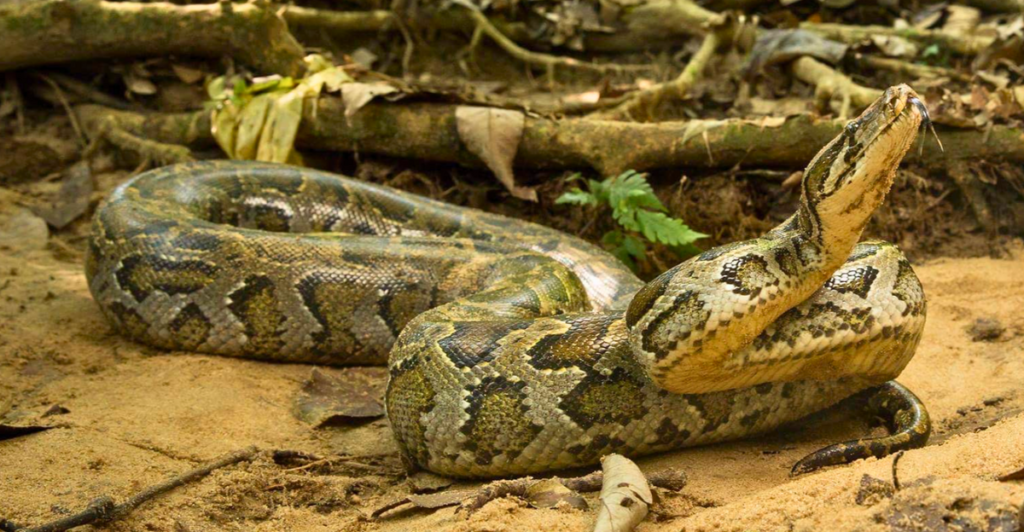
Native to Southeast Asia’s rainforests, Burmese pythons were introduced to Florida through the pet trade. Many were released into the wild, either intentionally or accidentally. These snakes grow rapidly; from a modest 60 centimeters (24 inches) at birth, they can reach nearly 6 meters (20 feet) and weigh over 90 kilograms (200 pounds). Such enormous specimens remain rare, but their potential impact is undeniable.
Tracking and Controlling the Python Population

Efforts to control the python population have been led by organizations like the Conservancy of Southwest Florida. Since 2013, researchers have tracked over 120 ‘scout snakes’ fitted with radio tags to study their behavior and movements. This data informs targeted removal strategies, crucial for managing their spread.
Removal Efforts: A Small Step Forward
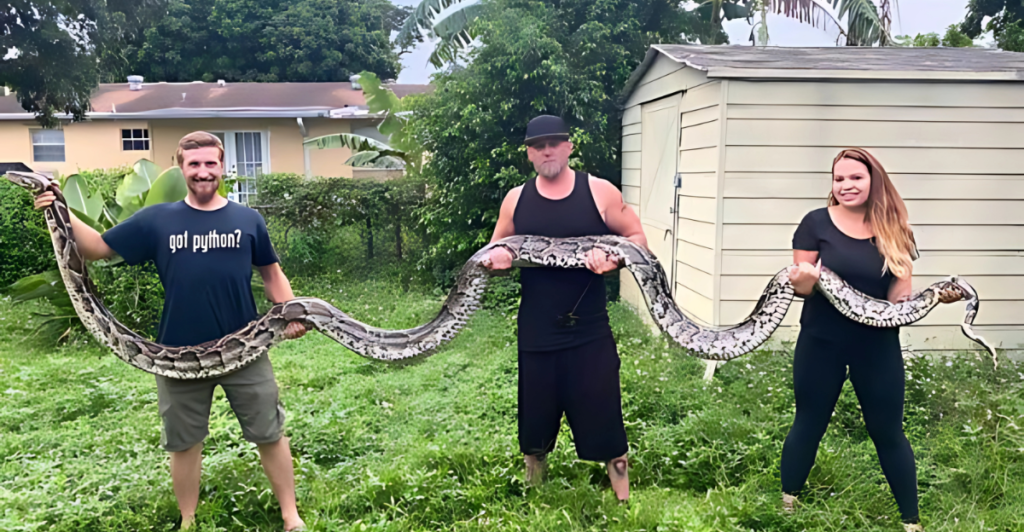
To date, the Conservancy has removed over 770 pythons weighing a combined 15 tonnes (33,000 pounds). Bartoszek estimates that if each snake consumed just one deer-sized animal, it would equate to over 13,000 pounds of prey removed from the Everglades’ ecosystem. While significant, these efforts only scratch the surface of the problem.
The Expanding Range of Burmese Pythons
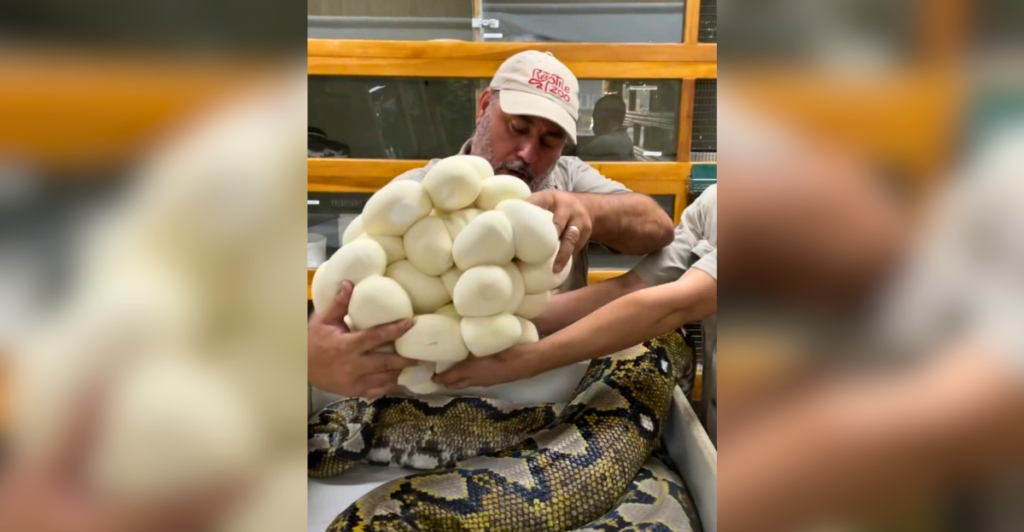
Burmese pythons are increasingly being found in new locations across Florida, sparking fears about their spread into other parts of the southeastern United States. Researchers like Bruce believe this could be just the beginning of their impact on prey populations in the region.
A Growing Predator Threat

With their ability to consume large prey and adapt to different habitats, Burmese pythons have firmly established themselves as apex predators. Their expanding range threatens to reshape ecosystems, pushing out native species and disrupting natural balances that have existed for centuries.
The Importance of Continued Research
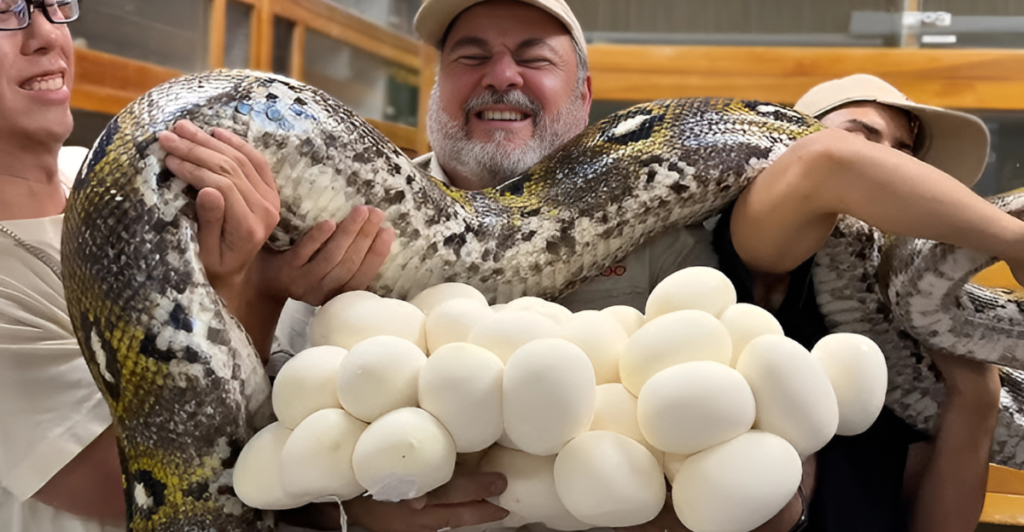
Understanding the upper limits of what these snakes can consume is essential for wildlife management strategies. Bruce and his team stress the need for ongoing research to better predict the pythons’ impact as they continue to spread and evolve in Florida’s environment.
What Lies Ahead for the Everglades

The fight to manage the Burmese python population is far from over. Researchers, conservationists, and wildlife officials face an uphill battle to mitigate their impact and protect the Everglades’ unique ecosystem. As Bruce warns, this is likely “just the tip of the iceberg.” The future of native wildlife hangs in the balance as these invasive predators continue to thrive.
Stay connected with us for more stories like this! Follow us to get the latest updates or hit the Follow button at the top of this article, and let us know what you think by leaving your feedback below. We’d love to hear from you!







